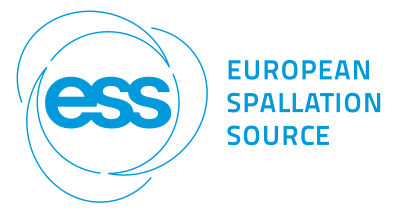Magnetic SAS data analysis – State-of-the-Art and Future Improvements
Bella Center, Copenhagen
This mini-symposium will take place as part of ICNS-2025. Participants must be registered to the ICNS-2025 (https://icns2025.dk/) to attend.
A current bottleneck in maximizing the outcomes of magnetic and polarized SANS experiments is a lack of a common, robust, maintained, and intuitive data analysis tool. The aim of this mini-symposium is to identify constraints and define missing functionality in existing analysis programs with a view to preparing for their implementation into SasView.
Several improvements to the handling and simulation of magnetic scattering patterns in SasView have recently been implemented, including upgrades to the Generic Scattering Calculator tool, and the integration of additional slicer (ROI) options. But future developments might include, for example, features dedicated to the analysis of 2D/3D images, independent nuclear and magnetic fitting models, the simultaneous fitting of multiple cross-sections, or Reverse Monte Carlo techniques. Some of this functionality may also be of interest to other communities generating quasi-crystalline or anisotropic data such as Rheo-SAS and SAS-Tomography. A goal of this mini-symposium is to identify that functionality with the broadest impact.
Interested participants are therefore cordially invited you to join us for an afternoon of short presentations and topical discussions designed to help identify the future opportunities for advancing the analysis of these systems.
